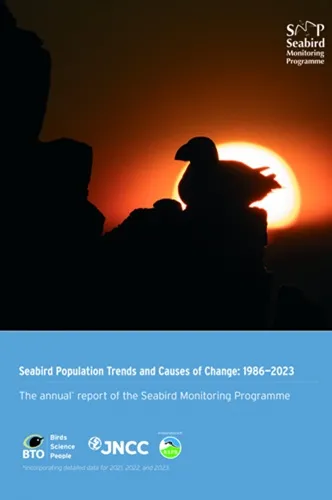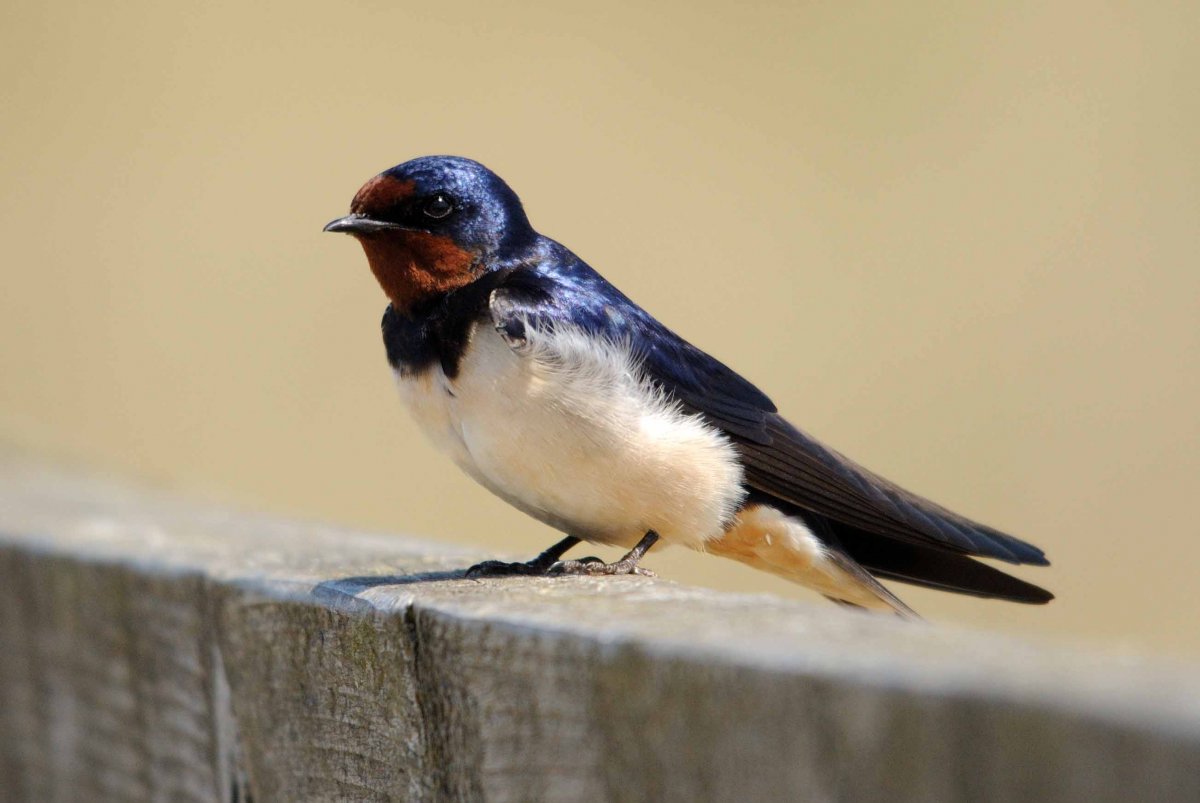BTO create and publish a variety of important articles, papers, journals and other publications, independently and with our partners, for organisations, government and the private sector. Some of our publications (books, guides and atlases) are also available to buy in our online shop.
Annual report of the Seabird Monitoring Programme
Seabird Population Trends and Causes of Change: 1986–2023
This report presents the latest seabird population trends in breeding abundance and productivity using data from the Seabird Monitoring Programme (SMP).
The report documents changes in the abundance and productivity of breeding seabird species in Britain and Ireland from 1986 to 2023, and provides a detailed account of the 2021, 2022 and 2023 breeding seasons.

Search settings
An assessment of the potential benefits of additional stratification of BBS squares by habitat and accessibility to enhance the monitoring of rare species and habitats.
Author: B Martay, J W Pearce-Higgins, S Gillings & S R Baillie
Published: 2016
23.03.16
Reports
Contrasting effects of GPS device and harness attachment on adult survival of Lesser Black-backed Gulls Larus fuscus and Great Skuas Stercorarius skua
Author: Thaxter, C.B., Ross-Smith, V.H., Clark, J.A., Clark, N.A., Conway, G.J., Masden, E.A., Wade, H.M., Leat, E.H.K., Gear, S.C., Marsh, M., Booth, C., Furness, R.W., Votier, S.C. & Burton, N.H.K.
Published: 2016
22.03.16
Papers
Guests of Summer
Author: Theunis Piersma
Published: Summer 2016
Guests of Summer provides a fascinating insight into the lives of one of our most enigmatic and enchanting small birds - the House Martin.
22.03.16
Books and guides
Are white storks addicted to junk food? Impacts of landfill use on the movement and behaviour of resident white storks (Ciconia ciconia) from a partially migratory population
Author: Gilbert, N.I., Correia, R.A., Silva, J.P., Pacheco,C., Catry, I., Atkinson,P.W., Gill, J.A. & Franco, A.M.A.
Published: 2016
16.03.16
Papers
Long-term changes in the migration phenology of UK breeding birds detected by large-scale citizen science recording schemes
Author: Newson, S.E., Moran, N.J., Musgrove, A.J., Pearce-Higgins, J.W., Gillings, S., Atkinson, P.W., Miller, R., Grantham, M.J. & Baillie, S.R.
Published: 2016
Data collected by volunteer citizen scientists have been used to show how the timing of bird migration to and from the UK has changed since the 1960s. The spring arrival dates for 11 of 14 common migrants have got significantly earlier, with six species, including Swallow, House Martin and Chiffchaff, coming back to breed more than 10 days earlier than they used to. Species that advanced their timing of arrival also showed the most positive trends in abundance over this period.BTO ecologists, led by Stuart Newson, compared data from the survey, which ran from 1962-1966, with information collected from 2002 to 2011 via MigrationWatch and BirdTrack. The change in spring arrival across species equated to an advance of 0.22 days per year on average. In addition to the early arrival, four species were found to depart for their wintering grounds significantly later than previously. As a consequence of earlier arrival and for some species later departure, nine of 14 species spent significantly longer in the UK in the 2000s than in the 1960s.These changes in bird migration are likely to be a response to warming on the birds’ UK breeding grounds. The extended stays in the UK may have benefitted some species in allowing birds to lay more than one clutch, when they previously would not have had time to attempt to raise an extra brood because conditions were not suitable. Studies such as this are important in understanding how birds can adapt to climate change, and the effect of their response to their population dynamics at a time when many species are in decline and effective conservation measures are being sought.
16.03.16
Papers
